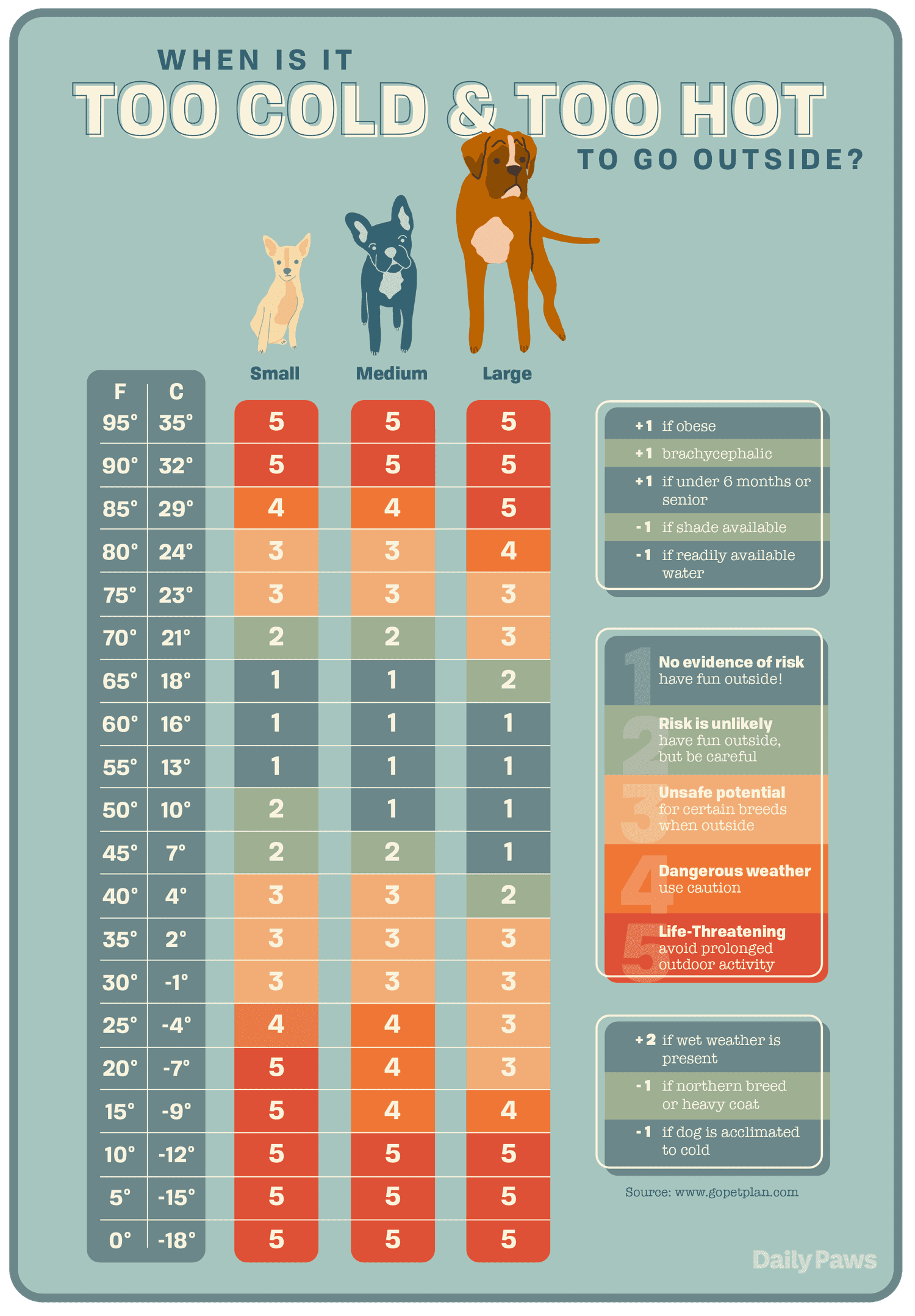Are you wondering if a cooling pad is the right choice for your furry friend? Discover the benefits and considerations of getting your dog a cooling pad to keep them comfortable and safe during hot weather.
Key Takeaways:
- A cooling pad can help keep your dog comfortable and prevent overheating.
- Cooling pads are especially beneficial for dogs with thick coats or those prone to heat exhaustion.
- It is important to choose a cooling pad that is the appropriate size for your dog.
- Regularly cleaning and maintaining the cooling pad is essential to ensure its effectiveness and longevity.
- Consulting with a veterinarian before purchasing a cooling pad can help determine if it is suitable for your dog's specific needs.
What is a cooling pad for dogs?
A cooling pad for dogs is a specially designed mat or bed that helps regulate a dog's body temperature and keep them cool during hot weather. It is made with materials that absorb and dissipate heat, providing a comfortable surface for your dog to lie on. These pads are typically portable and can be used both indoors and outdoors.
Why do some dogs need a cooling pad?
Some dogs are more prone to overheating than others, especially breeds with thick coats, short noses, or those that are overweight. Additionally, older dogs and those with certain health conditions may struggle to regulate their body temperature effectively. In hot weather, these dogs can easily become overheated, which can lead to heatstroke or other heat-related illnesses. A cooling pad provides a way to help lower their body temperature and prevent these risks.
List of dog breeds that may benefit from using a cooling pad:
- Bulldogs
- Pugs
- Shih Tzus
- Boxers
- Chow Chows
Using a cooling pad can also be beneficial for active dogs who engage in strenuous exercise or outdoor activities. After physical exertion, their bodies may need extra help to cool down and recover.
How does a cooling pad help keep dogs cool?
A cooling pad works by utilizing various mechanisms to dissipate heat from your dog's body:
1. Gel or Water-Filled: Some cooling pads contain gel or water-filled chambers that absorb heat when your dog lies on them. As the heat transfers into the pad, it gradually cools down, creating a refreshing surface for your dog.
2. Evaporative Cooling: Other cooling pads use evaporative technology where water is absorbed into the fabric of the pad. When your dog lies on it, the moisture evaporates and draws away heat from their body, providing a cooling effect.
3. Phase Change Material: Certain cooling pads incorporate phase change material (PCM) that can absorb and release heat at specific temperatures. This technology helps maintain a consistent and comfortable temperature for your dog.
Can all dogs benefit from using a cooling pad?
While most dogs can benefit from using a cooling pad, it is particularly helpful for dogs that are prone to overheating or live in hot climates. However, it's essential to consider your dog's individual needs and preferences. Some dogs may not enjoy lying on a cooling pad or may prefer other methods of staying cool, such as swimming or seeking shade.
It's also important to note that cooling pads are not a substitute for proper hydration and shade. Dogs should always have access to fresh water and a cool, shaded area where they can rest comfortably. A cooling pad should be used as an additional tool to help keep your dog cool but should not be relied upon solely.
Are there any risks or side effects of using a cooling pad for dogs?
Using a cooling pad for dogs is generally safe when used correctly, but there are some potential risks to be aware of:
1. Allergic Reactions: Some dogs may have allergies or sensitivities to the materials used in the cooling pad. It's important to monitor your dog for any signs of itching, redness, or discomfort after using the pad.
2. Overcooling: While it's crucial to prevent overheating, overcooling can also be harmful to dogs. If the temperature drops too low or if your dog stays on the cold pad for extended periods without warming up, it can lead to hypothermia. Always supervise your dog while they are using the cooling pad and ensure they have access to warmer areas if needed.
3. Chew Hazard: Some dogs may try to chew on the cooling pad, which can pose a choking hazard or lead to ingestion of harmful materials. Choose a cooling pad that is durable and resistant to chewing, or monitor your dog closely while they are using it.
It's important to follow the manufacturer's instructions for proper use and maintenance of the cooling pad to minimize any risks. If you have any concerns or notice unusual behavior in your dog after using the pad, consult with your veterinarian.
Can all dogs benefit from using a cooling pad?
Benefits of Cooling Pads for Dogs
Using a cooling pad can provide numerous benefits for dogs, regardless of their breed or size. Firstly, cooling pads help regulate a dog's body temperature during hot weather or after intense physical activity. This is especially important for breeds that are prone to overheating, such as Bulldogs or Pugs. Additionally, cooling pads can provide relief for dogs with certain medical conditions like arthritis or hip dysplasia by soothing their joints and reducing inflammation. Furthermore, cooling pads can be used as a preventive measure to avoid heatstroke and other heat-related illnesses in dogs.
Choosing the Right Cooling Pad
When selecting a cooling pad for your dog, it's crucial to consider their specific needs and preferences. Look for a pad that is made of non-toxic materials and is easy to clean. Some cooling pads come with additional features like adjustable temperature settings or orthopedic support, which can be beneficial for older dogs or those with joint issues. It's also essential to choose the appropriate size of the cooling pad based on your dog's dimensions to ensure maximum comfort and effectiveness.
Introducing Your Dog to a Cooling Pad
While most dogs readily adapt to using a cooling pad, some may need time to get accustomed to it. Start by placing the pad in an area where your dog spends time regularly, such as their bed or favorite spot. Encourage them with treats and positive reinforcement when they approach or lie down on the pad. Gradually increase the duration of their time spent on the pad until they become comfortable using it regularly.
Overall, almost all dogs can benefit from using a cooling pad due to its ability to regulate body temperature, provide relief from joint pain, and prevent heat-related illnesses.
Are there any risks or side effects of using a cooling pad for dogs?
Potential Risks and Side Effects
While cooling pads are generally safe for dogs, it's essential to be aware of potential risks and side effects. One possible risk is if the cooling pad is not maintained properly, it may become a breeding ground for bacteria or mold, which can lead to skin infections or respiratory issues in dogs. To prevent this, regularly clean and disinfect the cooling pad according to the manufacturer's instructions.
Another risk is if the dog spends excessive amounts of time on the cooling pad, they may become too cold, leading to discomfort or even hypothermia. It's crucial to monitor your dog's behavior and body temperature while using a cooling pad and provide breaks if necessary.
Choosing a Safe Cooling Pad
To minimize risks and ensure your dog's safety when using a cooling pad, opt for high-quality products from reputable brands. Look for pads that are made with non-toxic materials and have safety certifications. Additionally, consider consulting with your veterinarian before introducing a cooling pad to ensure it is suitable for your dog's specific needs and health condition.
By being aware of potential risks and taking necessary precautions, you can safely use a cooling pad for your dog without experiencing any adverse side effects.
(Note: The information provided here should not replace professional veterinary advice. If you have concerns about using a cooling pad for your dog, consult with your veterinarian.)
Where can you buy a cooling pad for your dog?
If you are looking to buy a cooling pad for your dog, there are several places where you can find them. One option is to visit your local pet store or pet supply store. These stores often carry a variety of cooling pads specifically designed for dogs. You can ask the staff for recommendations and they may be able to help you choose the right size and type of cooling pad for your furry friend.
Another option is to shop online. There are numerous websites that specialize in pet products and accessories, including cooling pads. Online retailers such as Amazon, Chewy, and Petco offer a wide selection of cooling pads in different sizes and styles. Reading customer reviews can be helpful in determining the quality and effectiveness of a particular cooling pad before making a purchase.
Online Retailers:
- Amazon
- Chewy
- Petco
How much does a cooling pad typically cost?
The cost of a cooling pad for your dog can vary depending on factors such as brand, size, and features. On average, you can expect to pay between $20 and $50 for a basic cooling pad. However, there are also more expensive options available that offer additional features such as adjustable temperature settings or orthopedic support.
Factors Affecting Cost:
- Brand
- Size
- Features
Are there any alternative ways to keep your dog cool without using a cooling pad?
While cooling pads can be effective in keeping dogs cool during hot weather or after physical activity, there are alternative ways to help your dog beat the heat without using a cooling pad. One option is to provide your dog with access to fresh water at all times. Keeping their water bowl filled and placing additional bowls in different areas of your home or yard can help ensure they stay hydrated.
Another alternative is to create a cool and shaded area for your dog to relax in. This can be achieved by setting up a canopy or umbrella in your backyard or providing them with a shady spot indoors. Additionally, you can use fans or air conditioning to keep the temperature down in your home.
Alternative Ways to Keep Your Dog Cool:
- Provide access to fresh water
- Create a shaded area
- Use fans or air conditioning
What are some signs that indicate your dog may be overheating and in need of a cooling pad?
It's important to recognize the signs of overheating in dogs as it can lead to serious health issues such as heatstroke. Some common signs that indicate your dog may be overheating include excessive panting, drooling, rapid breathing, weakness, vomiting, and collapse. If you notice any of these symptoms, it's crucial to take immediate action to cool down your dog.
A cooling pad can be an effective tool in helping regulate your dog's body temperature when they are showing signs of overheating. Placing them on a cooling pad can help lower their body temperature and provide relief from the heat. However, if the symptoms persist or worsen, it's important to seek veterinary attention as soon as possible.
Signs of Overheating:
- Excessive panting
- Drooling
- Rapid breathing
- Weakness
- Vomiting
- Collapse
| Conclusion | |
| Yes, you should get your dog a cooling pad if: | No, you don't need to get your dog a cooling pad if: |
| - Your dog spends a lot of time outdoors or in hot environments. | - Your dog rarely gets exposed to high temperatures. |
| - Your dog is prone to overheating or has a thick coat. | - Your dog has access to cool and shaded areas at all times. |
| - You want to provide extra comfort and relief during hot weather. | |
















